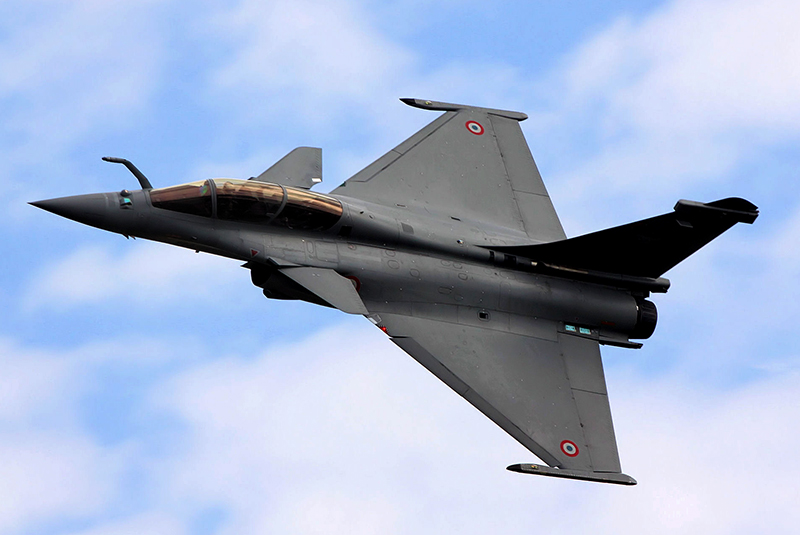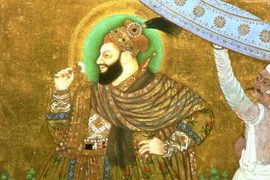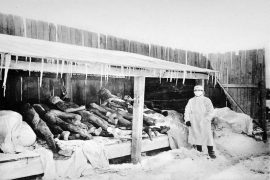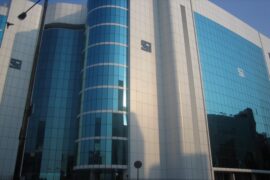Every war zone is a profit centre and the threat of war creates new ‘emerging markets.’ According to Amnesty International, the world’s top 100 arms companies have sold over 5 trillion dollars worth of arms since 2002, and just over 2 percent of the global GDP – $1.69 trillion dollars – was spent on the military in 2016.
In the post-cold war era, weapons trade is a free market enterprise. Nations compete with each other to sell weapons. The ‘market’ is, more or less, unregulated with very few enforceable multilateral restraints. As Professor Janne E Nolan says “almost everyone sells almost anything to just about anyone who can pay – and often to someone who can not.”
The profits and power that come from trading weapons have a direct influence on foreign policy. The transfer of arms among nations, military assistance programmes, co-production agreements facilitating joint ventures, arms sales and the rise of multinational corporations trading publicly on the stock exchange, influence relations between nations.
Ironically, over 70 percent of the arms trade in the world comes from Russia, France, China, the United Kingdom and the United States of America – the five permanent members of the UN Security Council, the organisation responsible for maintaining international peace and security.
Copyright©Madras Courier, All Rights Reserved. You may share using our article tools. Please don't cut articles from madrascourier.com and redistribute by email, post to the web, mobile phone or social media.Please send in your feed back and comments to [email protected]











